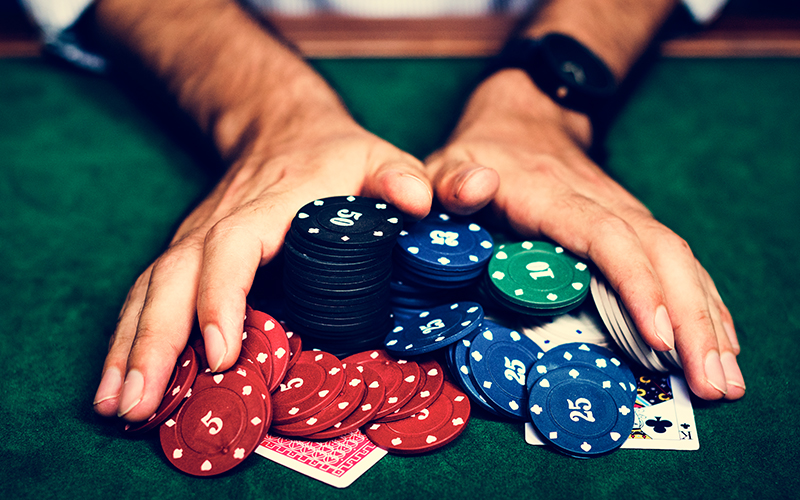
However, as with most complex, multifaceted, and multidimensional phenomena, more research is needed in order to improve both prevention and treatment efforts for pathological gambling.

This article provides a general overview of some of the available literature regarding pathological gambling and includes the presentation of a number of relevant topics including etiology, risk factors, comorbidity, prevention, and treatment. substance use) Behavioral addiction (pathological gambling) model for concept of However, differences between gambling and Internet are easily neglected or. Consequently, the DSM-V Task Force has suggested that pathological gambling be reclassified and included in a new category entitled "Addiction and Related Disorders." The category would include both substance-related and non-substance/behavioral addictions. Pathological gambling is currently classified as an impulse control disorder in the DSM-IV-TR, but it shares many important features with substance use disorders, especially in terms of diagnostic criteria, clinical course, and treatment. The most severe form of gambling, pathological gambling, is recognized as a mental health disorder. Pathological gamblers often engage in gambling from a young age, which suggests that younger age is a risk factor for problem gambling. For most, gambling is a relaxing and recreational activity however, for some individuals gambling becomes more than harmless fun. In the United States, gambling has transitioned from early acceptance to prohibition to widespread proliferation.
#5 concepts in pathological gambling professional
To diagnose gambling disorder, a mental health professional will explore a patients symptoms and evaluate them according to the criteria in the DSM-5.

Throughout the course of history, gambling has been a popular activity across most cultures. Having difficulty coping (compulsive gambling may surface as a means of coping with difficult emotions, relationships, or other stressors) Diagnosis.


 0 kommentar(er)
0 kommentar(er)
